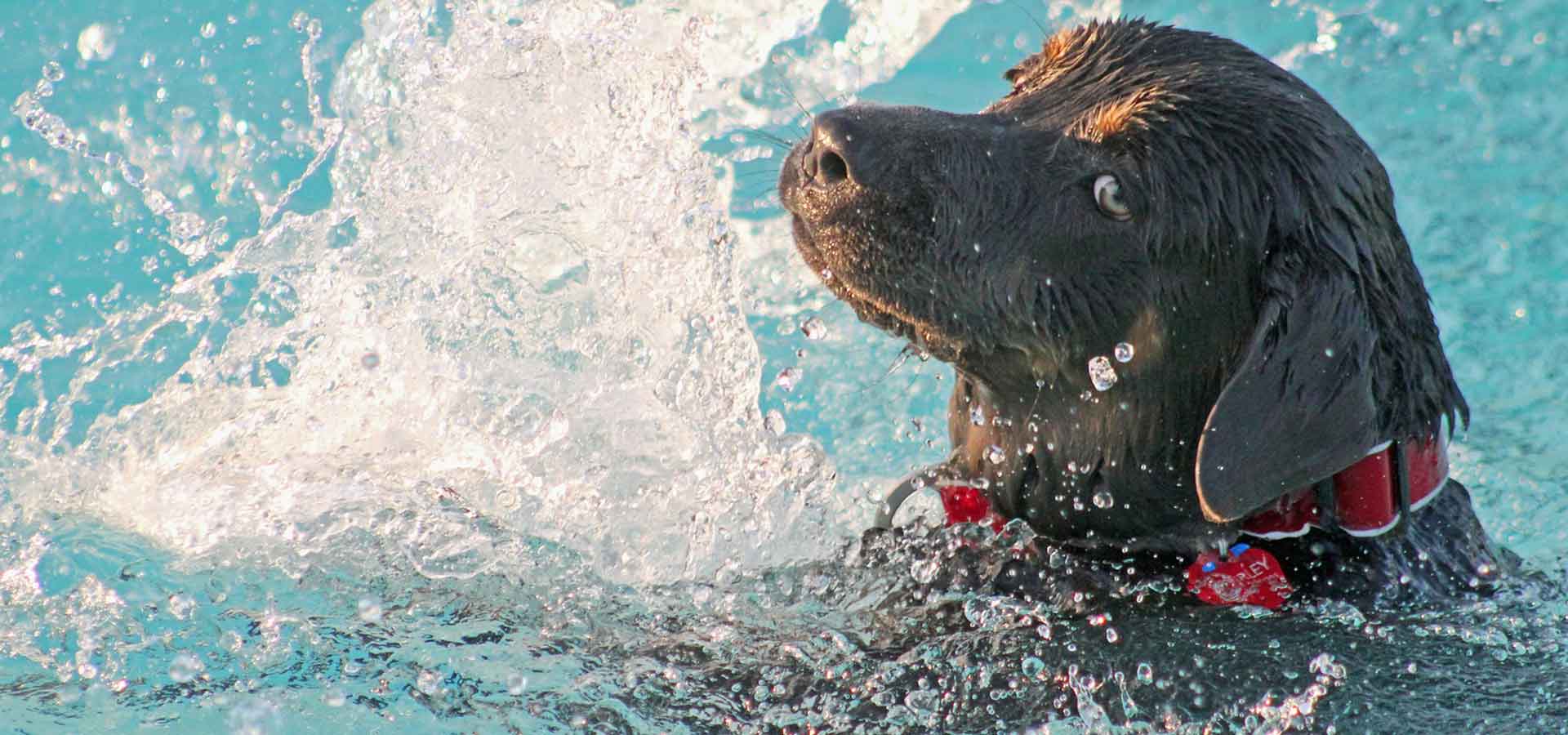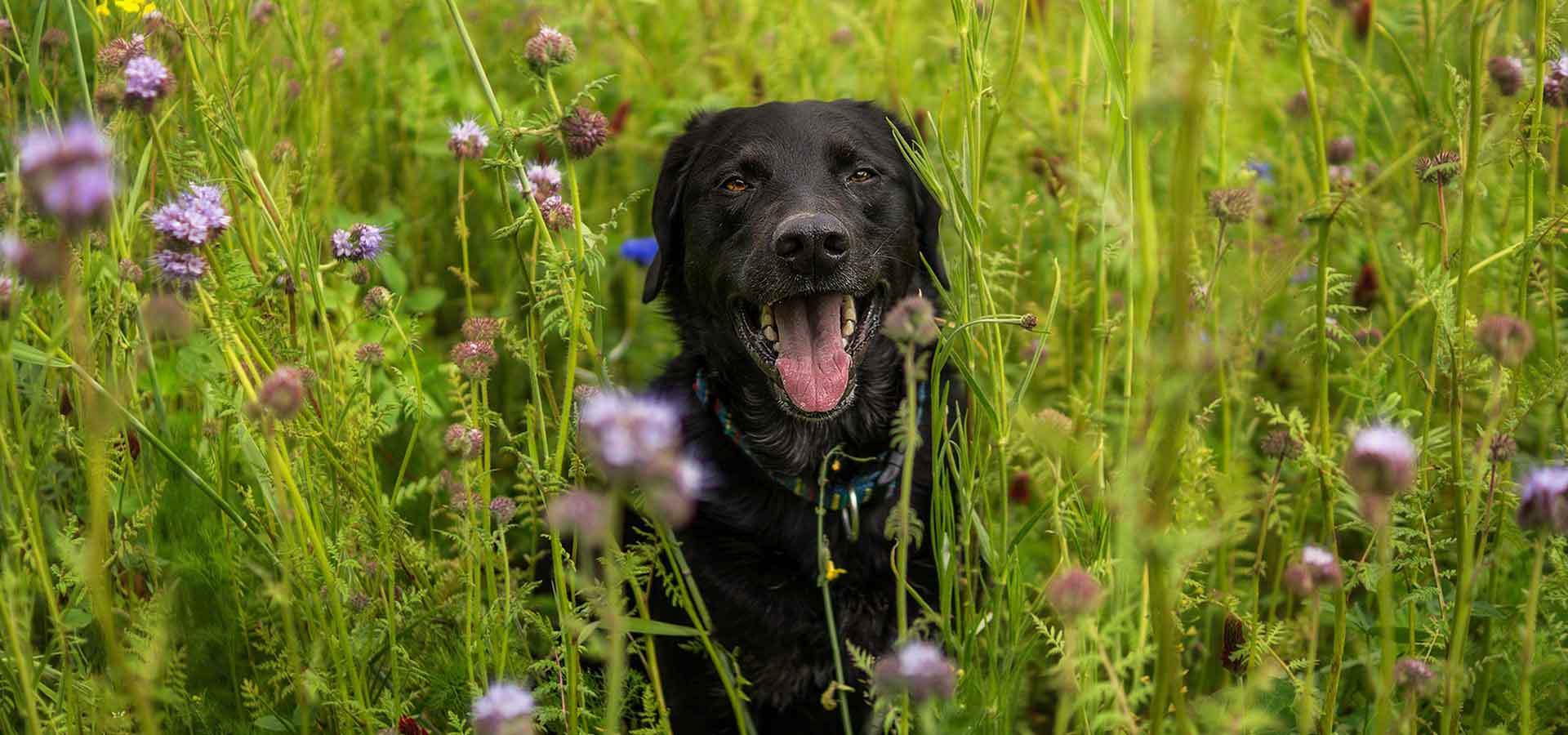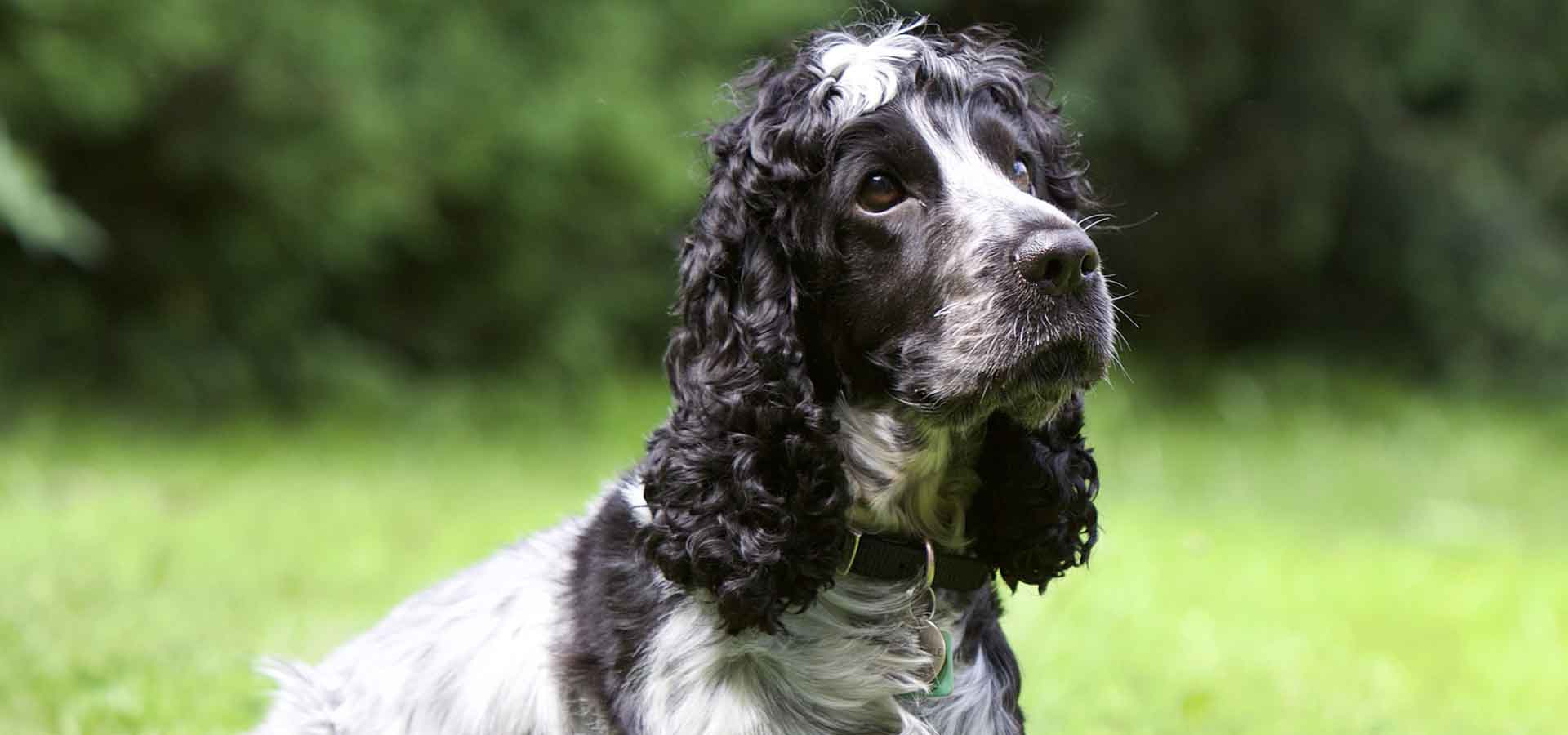Bathing a senior dog requires a lot of extra care and caution. When dogs reach an older age a lot of regular things take longer than they once did, which includes bath time, especially. Because senior dogs are less agile and can have issues with pain when compared to younger dogs, considerations must be made.
Senior Dogs With Health Problems
Senior dogs who have certain health issues require extra precautions during bath time. As your dog ages, you may notice multiple new issues that come up with their health.
The following health issues listed below are the most commonly seen issues in senior dogs:
- Arthritis
- Lymphoma
- Oral melanoma
- Osteosarcoma
- Soft tissue cancers
- Cognitive dysfunction syndrome - CDS or senility
- Periodontal disease
- Failing vision through cataracts or vision loss
- Hearing loss
- Heart disease
- Hypothyroidism
If your dog has one or more of the ailments listed above, bath time can be difficult for the both of you. Certain health issues, such as arthritis and hypothyroidism, for example, can make bath time especially stressful as a result of the pain and stiffness your dog goes through.
How to Bathe a Senior Dog
Step 1
Before you start anything, make sure that you have planned to take a large chunk of time out of your day to bathe your senior dog. You should also be thinking about their energy levels. Are they more active during the morning, afternoon, or the evening? Whichever time that may be, you should plan for the bath then.
Step 2
Depending on how large your dog is, fill the tub up with lukewarm water up to their approximate torso. You will also need to think about their health issues. Does it hurt them to stand for too long, is it difficult for them to stand up for periods of time for other reasons? Whatever the health reason may be, make sure that you properly accommodate it so they are as comfortable as possible.
Step 3
Ease your aged dog into the water carefully. Use a ramp, stepping stool, lift them in, whatever you need to use. If your dog has issues with their eyesight, you want to make sure that you don’t shock them simply by plopping them into the water. Make sure they know what’s about to happen.
Step 4
At this point, you can add some more water, depending on how full the tub already is, and use a washcloth to get them wet. Next, add the shampoo to their coat while lathering and massaging, gently, everything in. This should be a pleasant experience for both you and your dog and something that helps them.
The water and massaging actions can help ease their pain, allow them to relax, and help with any discomfort that may be plaguing their joints. You should also speak to your dog with a soft, soothing voice, too.
Step 5
Lastly, rinse them thoroughly and use conditioner if you wish to do so. If so, rinse that out as well and prepare your dog to be removed from the tub. Have some warm towels ready for them to be swaddled in.
You should use one towel at first to get the excess water out of their fur to help dry them off as much as possible. You should also have one ready and waiting on the bathroom floor for them to stand on. Next, have a big, soft, and fluffy towel at the ready that you can wrap your senior dog up in for added comfort and warmth after they’ve left their bath.
Step 6
Giving your dog a treat after they have come out of the bath is also a great idea, too. Once bath time is fully finished, remember to let your senior dog do whatever he or she wishes, especially if the experience was a stressful one.
Step 7
Brushing your senior dog’s hair is also a good idea, too, especially if they are a breed that has long hair. If so, a de-tangling spray may also help in this case, as well. Using a hair dryer on a low setting can be done, as well, but ensure that you do not hold it too close to the skin. Dogs have sensitive skin, so holding the hair dryer too close to the skin, or on a high setting, can damage and burn their skin. Be very careful when using one!
The Importance of Knowing How to Properly Bathe a Senior Dog
Because senior dogs can have multiple health issues that can and do influence how bath time goes, it’s important to know which exact issues affect how comfortable, painful, and/or stressful bath time can be.
With some knowledge, care, and love, bath time with your senior dog does not have to be a chore or an awful experience. Your senior dog may even love you more for it!
Author Bio
Here at ThinkofPuppy.com, Anna shares her dog-loving passion with the world. She likes to give her dogs the best of everything and bring helpful, interesting information to her readers. You can catch more of her through her Google+ or Twitter




